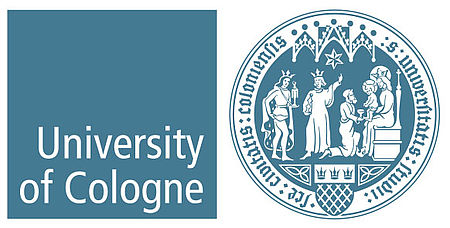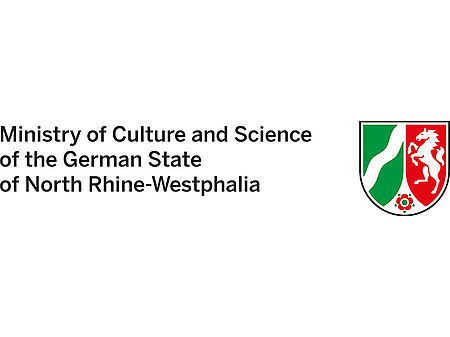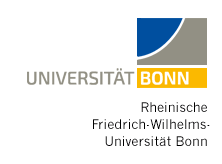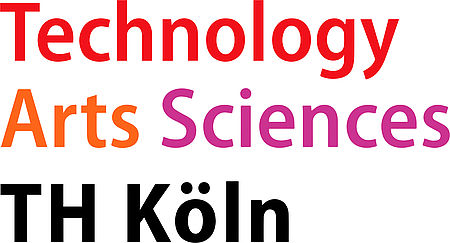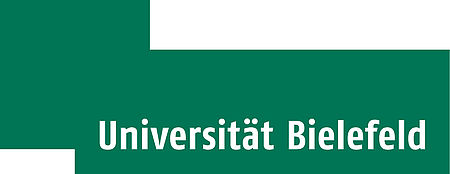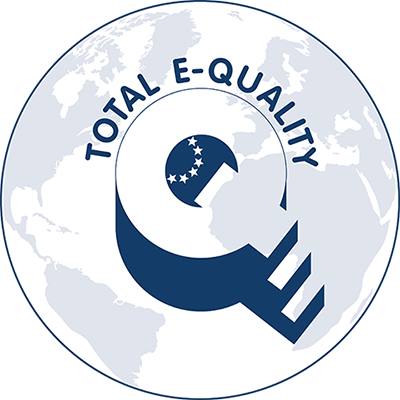The ZB MED Knowledge Environment (KE) lies at the heart of ZB MED’s information services and applied research activities. The purpose of the KE is to bring together heterogeneous data from the life sciences to create a digitally connected ecosystem of knowledge.
LIVIVO discovery system provides access to the information
Based on the Morphosaurus system used in LIVIVO, terms can be enriched and linked to metadata and information on availability in the LIVIVO search portal. This allows users to simultaneously search more than 60 million records from over 70 specialized databases covering a wide range of disciplines.
The KE is a heterogeneous database environment with workflows for data enrichment and analysis which serves to enhance ZB MED’s information services and applied research activities. The KE is also the channel through which data is exported to the LIVIVO search index.
What exactly is a knowledge environment?
A knowledge environment uses practice-oriented, production-quality tools to systematically organize the knowledge of a scientific domain and to provide users with access to the knowledge represented in this way. One of the key characteristics of the life sciences is the heterogeneous nature of the data and information contained in the relevant databases and literature. It is necessary to take into account various levels of information, such as different entity classes, processes and relations. This requires different views of the data depending on the specific domain of knowledge within the life sciences. The ZB MED KE offers precisely this kind of integrative knowledge environment. The purpose behind its development is to create a generic and persistent data layer that facilitates the modelling, storage and linking of semantic concepts between databases and literature. The ZB MED KE provides an effective means of curating and enriching data and literature, performing quality assurance and exporting the LIVIVO search index.
The ZB MED KE is based on a complex infrastructure in which bibliographic metadata, full texts, factual data, and linked and enriched information are grouped together for data enrichment and analysis purposes. The enriched data may comprise information on availability, semantic entities and links to external databases.
Once in the KE, the metadata on which the data records are based are enriched with information either fully or semi-automatically. They are also linked to databases or ontologies from external providers.
Access to heterogeneous information
One of the key goals is to improve the degree to which literature is referenced and made accessible. In this context, enriched information primarily comes in the form of unique research data, preprints and grey literature. The term grey literature refers to publications from research institutes such as departmental research institutes and Leibniz institutes.
Semantic enrichment in LIVIVO
The ZB MED search portal LIVIVO contains metadata from 60 million publications in the realm of life sciences. Typical examples of metadata include title, author’s name, and year of publication. A new method is used to extract publications’ titles and abstracts from LIVIVO and annotate the texts with the Morphosaurus terms.

